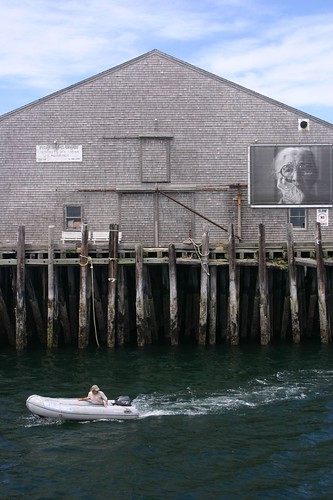This is big, so I'm going to break it down here, with apologies to any poor astrophysicist who arrives here and is appalled at the unscientificness the periods of time I'm using to try to come to terms with the size of the universe, and how freakin' awesome the Hubble Telescope is to me. Corrections and comments are welcome. I plan to become an astrophysicist in my forties, and I need to start getting schooled. Thank you. JBAWe live on a planet, Earth.
Earth is in a solar system, revolves around the sun with 7 or 8 other planets (depending on your position on Pluto).
Our solar system is in the outer fringes of the Milky Way Galaxy.
Galaxies are huge, beyond what we're capable of knowing intimately right now. We're still running around just trying to map our own little solar system, which is enormous in its own right. It's kind of like the early 18th century in America. We knew there was an awful lot of continent out there, but we had to get scouts out there on horseback to map it all out.
Back to galaxies. There are countless other galaxies in our solar system, and they're gorgeous. But they're not only massive, the others are really far away from ours (in terms of our technology today. They'll get closer).
Think of it like this: It took John Adams 3 months to go the distance from Boston to New York in the late 1700: one inn at a time, via horseback, through mud and bad colonial roads. It takes 3 hours via Acela today. In terms of the Milky Way's relationship to other galaxies, we're still on horseback and they're on another continent.
At first, Hubble was blurry. People poked fun. But it's now lived longer than expected, and keeps getting better. First we photograph our own magnificent solar system, and quite a bit of our galactic surroundings, then other galaxies. We now have stunning images of things that one could but only imagine just decades ago. This data has given birth to a bumper crop of careers in astrophysics, and offered humanity these stunning images.
We keep going further. Technology keeps improving. We can see other galaxies. And they're gorgeous. There must be so much more out there . . . .


